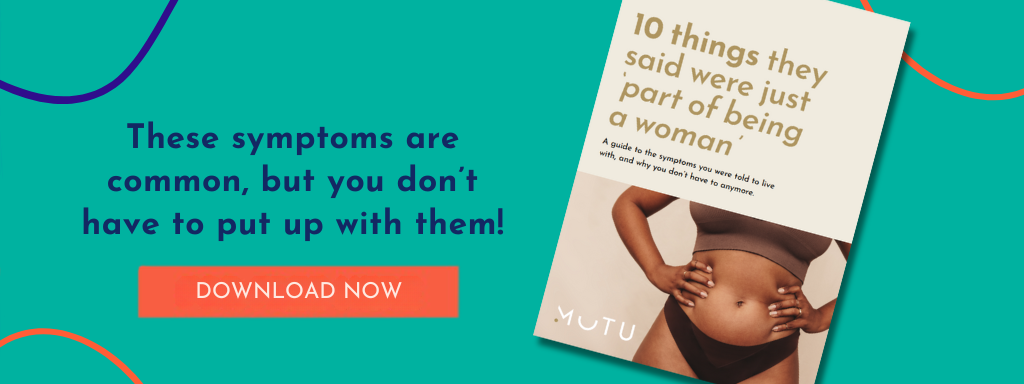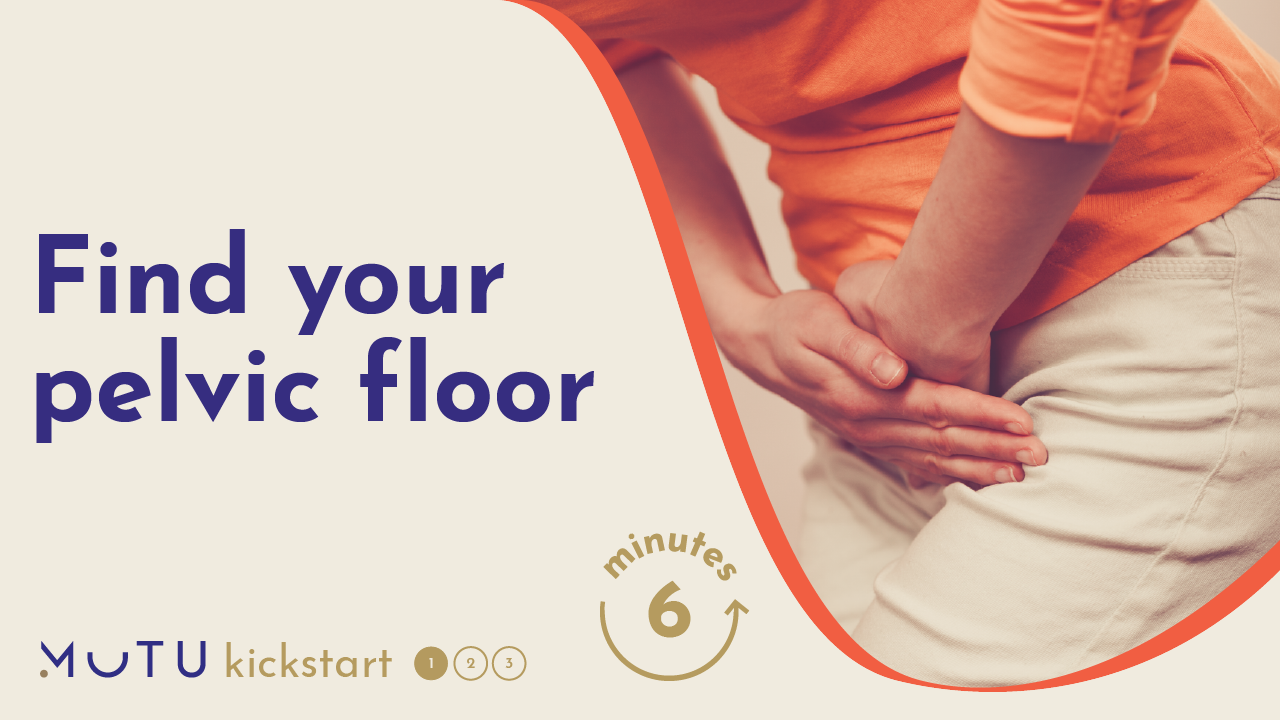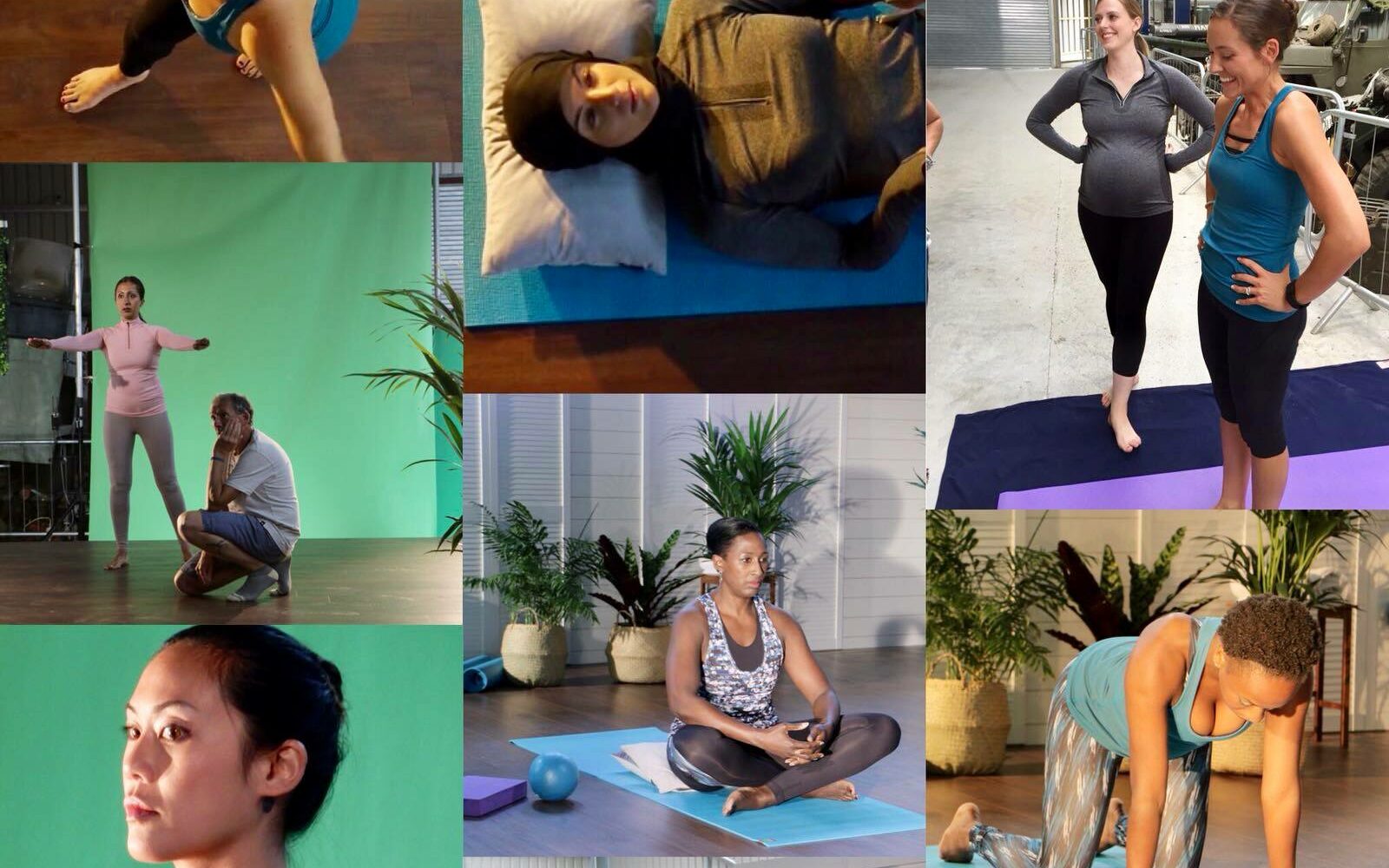Hi, I’m Virginia and I’m here with Wendy Powell, Founder and CEO of MUTU System.
Today we’ll hear about her pregnancy, her recovery after giving birth, and why she has devoted more than ten years of her life to help mums recover after giving birth as a perinatal pelvic health specialist and founder of MUTU System.
Interview with Wendy Powell, Founder and CEO of MUTU System
Virginia:
So thank you, Wendy, for taking the time to chat today.
Wendy:
Thank you for having me. Wonderful.
Virginia:
So can you describe your pregnancies and your recovery journey after giving birth?
Wendy:
Yeah, sure. So it was quite a while ago now. My babies are 16 and 18 now, so pregnancy was some time back. Basically I had very healthy pregnancies, very fit pregnancies. I was a practising personal trainer when I was pregnant both times, so I was kind of working out and working out with clients, running, even lifting weights, right through pregnancy.
So pregnancies kind of went great for me personally but then it was the birth part where it kind of all went a bit wrong. So I had my births were only 21 months apart, and in both cases I had, massive postpartum haemorrhage, which meant massive heavy bleeding after the birth and what that meant, various procedures that I had to have, in terms of, the placenta being left behind and other things.
So what that meant was that my births were traumatic, both in terms of physicality, but also obviously in terms of emotionally and psychologically as well. And I’d gone into these pregnancies, as I say, as a personal trainer and not just as a personal trainer, but one that was specifically certified in pre and postnatal fitness and recovery.
So I kind of had gone into these things thinking, I know what I’m doing. I’ve got this. And then of course, with my births going, not at all according to plan, as many women’s don’t. And so what I was left with was a situation where I had a lot of recovering to do physically, but also quite a lot of psychological and emotional trauma was going on in the sense of feeling very like my body had let me down, like my body had failed me and feeling sort of both emotionally and physically unable to, to sort of get back to where I’d been.
So that was that was really how they went. So my recovery was yes, I knew what to do in terms of my certifications and my qualifications but it was the first time really that for me, it really brought home to me all of the issues that my clients had been telling me about for years and that I thought I had the answers to. But it turned out that maybe I didn’t.
Virginia:
So then what led you to become a perinatal pelvic health specialist?
Wendy:
So in terms of recovering, when I got better, as in physically stronger and able to work again. What I had realised at this point was that all my training, all my certifications and things in pre and post natal fitness simply weren’t enough. They hadn’t been enough for me. And then I kind of started to understand that these issues that my clients had talked about, whether they be core issues, pelvic floor issues, lower back pain as well as the psychological and emotional fallout of birth however it goes that I realised that I didn’t have the tools in my toolbox to be able to to deal with all of those.
And so what I really did was went back to study what I went back to was studying and looking in different places for answers, because fitness, which was my world at the time
if you like my my industry, didn’t seem to have the answers.
I’d done all of those, all of those certificates or all of those qualifications. So I started studying with biomechanics. I started working with sex therapists, with physiotherapists, physical therapists in the States, working with other people and other disciplines and practices thinking, well, somebody must have the answers to this stuff, because right now fitness doesn’t.
Now when I say right now, obviously I am talking sort of 15 years ago and things have changed since then. There is a lot better understanding, and, and education for trainers in this, in this realm of women’s health. However, at the time there really wasn’t very much nobody really knew what diastasis recti was at all. That’s abdominal separation.
Nobody really understood about pelvic floor dysfunction, about relationships to to alignment and to posture and to prolapse and all of these things.
So I really started studying again. And it was out of that that, that MUTU the program started to be born. So a few years down the line, after having my babies, I started to put together these strategies that were going to become MUTU System.
So in the early days this was me filming in the back garden with a flip camera taped to a tree and googling how to put this online and how to put a video online how to have people access it, how to build a program. So I did it very much from scratch.
It’s a very different, production now but essentially that’s where it came from. I developed MUTU, the MUTU System program because I created what I had needed and hadn’t had in the moment.
Virginia:
So when you developed MUTU, how does MUTU help women and how many women have you helped with Mutu so far?
Wendy:
Mutu has helped and served more than 100,000 women globally since we started around ten years ago. And the way that it works is it comes from a place that I began to understand
after my own birth experiences and after the study that I undertook, after that.
So it was an understanding that the way that most fitness, and indeed even some specifically postnatal fitness, addresses recovery is to go straight to core exercises,
pelvic floor exercises in the kind of traditional way that we understand them.
So by that I mean sort of working towards crunches or planks and more traditional
ab exercises. What I learned was that you can’t exercise a muscle that you’re not currently connected to.
And by connected I mean that both in a physiologic scale as well as in an emotional
and psychological way. We disconnect from our bodies very often after giving birth. Maybe our body doesn’t perform or do or do quite what we thought it would was going to do,
how we thought it should perform.
Many people feel, some shame or guilt around, even around, C-sections or births not going according to plan. So very often there’s a real disempowerment and a feeling of being out of control during that birthing process in the early stages and unfortunately, that tends to stay with us very often.
And so there’s a there’s a real disconnection that happens between specific, specifically those parts of our body, our lower tummy, our pelvic floor, our pelvic region.
All of that feels very alien, very out of control, very not looking, feeling or behaving or responding in the way that we were used to, that we expect it to, that we want it to.
And that leads to a disconnection, which means that then when you then go to, for example, Pilates class or try and do ab exercises or, or workouts in the way that you used to, your body simply isn’t connected and responding in the same way.
So the way MUTU works, and the foundation, if you like, the secret sauce of MUTU is that we kind of back up a level. So what we do is we start in the early stages of Mutu with a reconnection process, strategies and techniques around breathing and core and pelvic floor engagement that mean that we quite literally reconnect those pathways so that our body understands how to protect and hold and anchor our core and our pelvic floor to to perform its basic functions.
Our core and our pelvic floor don’t need to lift weights. What they need to do is function.
And by function I mean hold in pee and poo, I mean, enable a comfortable and satisfying sexual experience. Hold us steady, hold us strong. That’s what our core is there to do.
So we need to get to that basic function in place first before we can build or strengthen or exercise. And that’s what MUTU does.
Virginia:
That’s such a great development to help women who have just given birth to help them to recover. And is it true that if you use MUTU then it can help you have a better birthing experience next time?
Wendy:
So I’ve heard that some women have used MUTU multiple times and successfully after multiple children. Yes, absolutely.
So many of our members come back after subsequent pregnancies as well. So with regards to starting something like core and pelvic floor work, as we do in MUTU during pregnancy, that’s kind of the ideal time or even before. I often it’s, it’s not the easiest time to start to try to find your pelvic floor muscles. If you’ve only just pushed a baby out of those pelvic floor muscles.
So if you can, if you can make those connections and understand those strategies beforehand, all the better. So yeah, if we can do that pelvic floor and breathing work throughout pregnancy and understand that pre-pregnancy, then that can indeed enable, potentially an easier or or more connected birthing experience, if you like.
At the end of the day, birth very often doesn’t go how we expect it to. We never quite know how things are going to turn out, but the better prepared we are in terms of understanding our bodies and, working with our bodies, the better able we will be able to be to recover afterwards however that, however that pans out.
So a lot of people do come back to MUTU, as you say, and the thing with pelvic floor work, and core work is there’s a maintenance element to it. So it’s not a kind of one and done.
It’s I would compare it, for example, to cleaning our teeth. We don’t clean our teeth every day for six weeks and go, okay, I’m good my teeth are clean. I don’t need to do that again.
Same with pelvic floor. We need to keep working with it. And as women, throughout our hormonal journey, through our journey through life, hormones
fluctuate, our bodies fluctuate.
We’re obviously in a cyclical state at all times as women. And so these things change and need maintenance and sort of ongoing work.
Virginia:
Perfect
Wendy:
So MUTU and the strategies and techniques that you do, you learn in MUTU and that you start to understand they really are strategies for life, which is why a lot of women keep on coming back and also continue to integrate and incorporate those techniques and exercises into other activities and exercise as they go forward as well.
So MUTU is essentially a life skill. So they just think of it as something to get you through giving birth. You want to keep it up to stay strong. So MUTU is really helpful for helping
you feel more confident in your mind and body, having less back pain so you can regain that freedom of movement to enjoy sex again so that it’s not painful, and to take back control of your bladder and avoid unexpected leaks if you sneeze or laugh or jump.
And also to strengthen your pelvic floor muscles to prevent prolapse and keep your womb and other organs in your pelvic region where they’re supposed to be,
and then also to close the gap in your belly muscles, which is called diastasis recti
Virginia:
So hopefully, Wendy has given you a great overview of why you should try MUTU and how can someone try MUTU Wendy?
Wendy:
Head to MUTUSystem.com and we offer a ten day free trial to all our new members. So it really is an entirely risk free experience. You come in for ten days completely free. You have full access to the program, and from then on in, it’s either an annual or a monthly subscription.
You get everything that you need within MUTU in terms of video coaching, literally breath by breath strategies and techniques and exercises, a daily practice. And there’s also a community, and they’re a fully private community where myself and my team go in on a weekly basis to answer questions and, and help you through so you have full, expert guidance from real humans throughout your MUTU experience as well.
Virginia:
So thank you so much for watching or listening. Do give MUTU system a try and thank you so much, Wendy.
Wendy:
Thank you.












